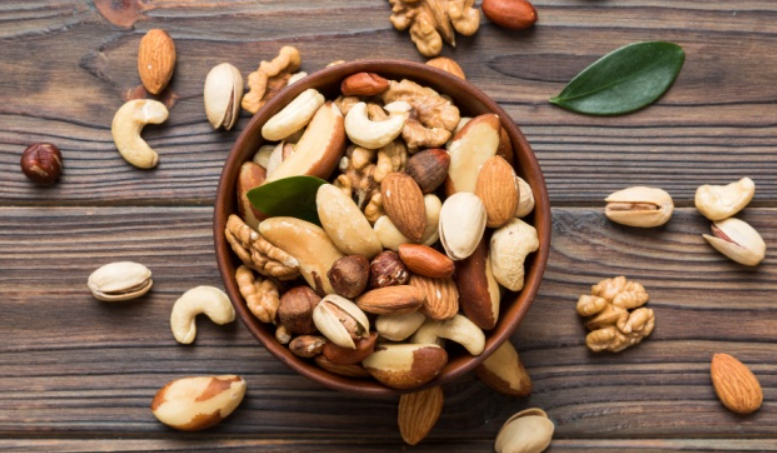
chondroitin, and vitamin D helped rebuild bone in osteoporosis, and rose
hips decreased pain and cut pain medication in osteoporosis, three new studies reveal.
In a chronic fatigue syndrome (CFS) and fibromyalgia syndrome (FMS) study, doctors theorized that the body does not have enough d-ribose, a simple sugar the body makes from glucose that cells need to create energy. Researchers recruited 41 participants with CFS or FMS who took a total of 280 grams of d-ribose, in three 5-gram doses per day, and after about 18 days, 66% of participants reported significantly better energy, sleep, mental clarity, overall well-being, and less pain. There were no side effects.
In an osteoarthritis (OA) study, doctors noted that in early OA, special cells that constantly coordinate to form and break down bone, respectively called osteoblasts and osteoclasts, fall out of balance. In the laboratory, researchers incubated OA bone cells—from knee-replacement surgery—with glucosamine sulfate (GS) and chondroitin sulfate (CS), alone and together, and found that osteoblast/osteoclast activity began to rebal- ance with CS alone and combined with GS. Vitamin D3 enhanced these effects.
In a rosehip study, researchers recruited 94 participants with OA of the knee or hip who took 5 grams of Rosa canina per day, or a placebo, for three months, then switched treatment and placebo for another three months. After three weeks taking rosehips, participants reported significantly less pain, and were able to take much less pain medication. After three months taking rosehips, participants reported significantly more physical ability, less stiffness, and less overall severity. The placebo groups reported no significant changes.
Reference: Arthritis Research Therapy: November, 2007; Vol. 9, No. 6, R117.
All articles shared on our site are for the purpose of nutritional information only and should not be considered a substitute for professional medical advice.


